This article was first originally published in Sloan Management Review in October 2020.
As companies recognize that the timeline for moving past the impact of COVID-19 may lengthen into 2021 and maybe even beyond, key structures and processes within global organizations are coming under great strain.
Before the pandemic, centralized experts within organizations could easily travel across the globe to where they were needed. Global talent development and culture strategies relied on sending experts between home country and international assignments, and on developing local talent that was subsequently deployed in other regions in order to develop a true global mindset.
(more…)









